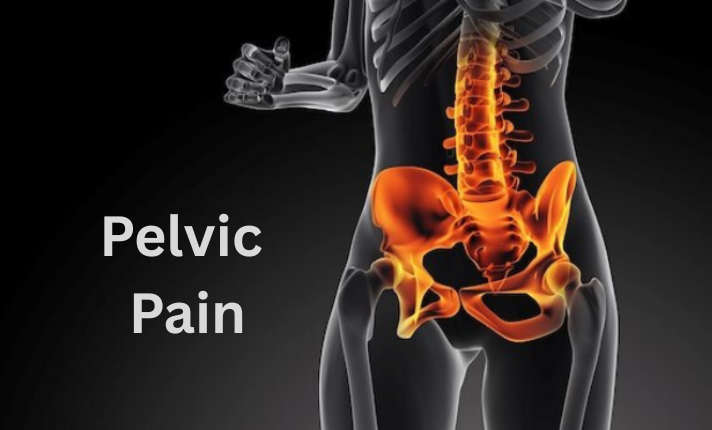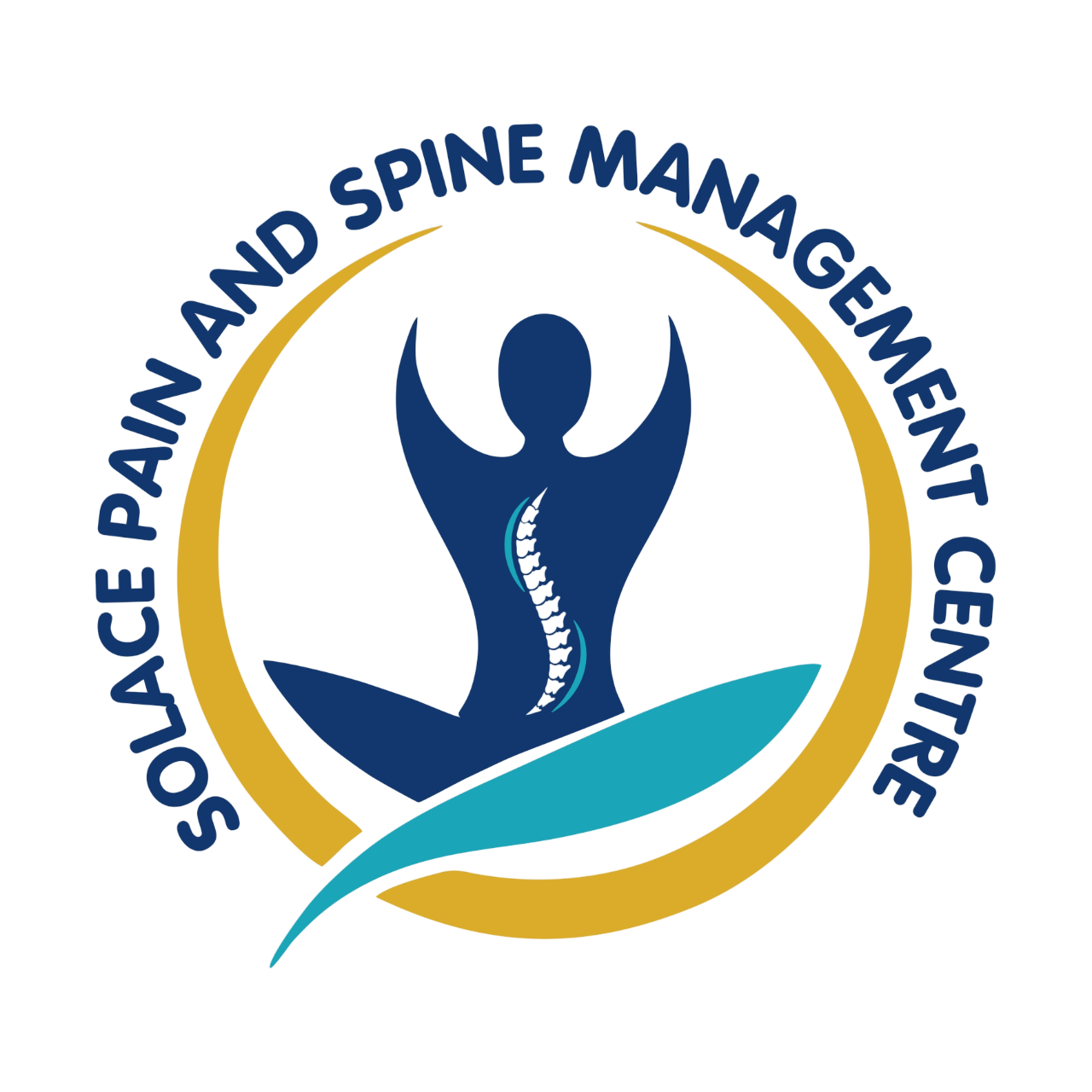
Pelvic pain can stem from a variety of conditions, including gynecological issues (endometriosis, fibroids, pelvic inflammatory disease), musculoskeletal disorders, nerve entrapment, and bladder or bowel dysfunction. It may be sharp, dull, cramping, or radiating to the lower back and thighs.
Chronic pelvic pain can significantly impact daily activities, sexual health, and emotional well-being. Women may experience pain due to ovarian cysts, uterine conditions, or nerve dysfunction, while men may develop pelvic discomfort from prostatitis or nerve compression.
Diagnosis involves a thorough examination, imaging studies, and sometimes diagnostic nerve blocks to identify the source of pain. Treatments include physical therapy, medication, hormone therapy, pelvic nerve blocks, and minimally invasive procedures.
At Solace Pain and Spine Management, we focus on personalized treatments to help patients find lasting relief from pelvic pain and restore quality of life.
Pelvic Pain– FAQs
What causes chronic pelvic pain?
Conditions like endometriosis, pelvic inflammatory disease, nerve damage, or musculoskeletal issues can contribute to pelvic pain.
Is pelvic pain more common in women?
Yes, but men can also experience pelvic pain due to prostatitis or nerve dysfunction.
How is pelvic pain diagnosed?
Doctors use physical exams, imaging tests, and diagnostic nerve blocks to determine the cause.
What are the treatment options for pelvic pain?
Treatments include medications, nerve blocks, physical therapy, and hormone therapy.
Can stress worsen pelvic pain?
Yes, stress can cause muscle tension, exacerbating pelvic pain. Relaxation techniques may help.
Expertise
EXCELLENTTrustindex verifies that the original source of the review is Google. Dr Manoj Sharma is not only a skilled professional but also compassionate. I felt genuinely cared for during my visit.”Posted onTrustindex verifies that the original source of the review is Google. Best Doctor ,best work,no pain 🥰♥️Posted onTrustindex verifies that the original source of the review is Google. Solace is the only place where a patient can truly relax and be free from pain. Dr. Manoj and his team have exceptional expertise in pain management. I can personally vouch for their incredible care and professionalism. After my experience, I no longer search for any other place — I highly recommend them to anyone in need of pain relief."Posted onTrustindex verifies that the original source of the review is Google. Excellent pain physician 👍👍Posted onTrustindex verifies that the original source of the review is Google. Dr Manoj Sharma is a good experienced doctor in the field of pain management.If anyone suffering from any kind of neck ,head, spine, backbone pain then must consult dr Manoj sharma once.Posted onTrustindex verifies that the original source of the review is Google. Dr. Manoj Sharma is experienced, skilled, and truly cares about their patients. Their personalized treatment helped me recover quickly and improve mobility.Posted onTrustindex verifies that the original source of the review is Google. I had a neck pain from months,some told me about solace ,I had a great experience with the doctors.my neck pain is much better now .
